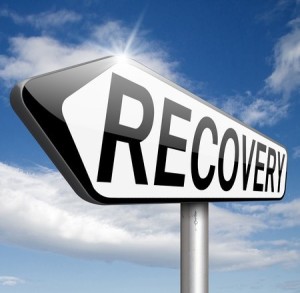Disasters take on many forms. You could suffer a power outage or have your office location destroyed by a flood. Your computer hardware may malfunction or break down entirely. Cyber-criminals may gain access to your network, or an employee may make an error that wipes out a set of important files.One of the ways to prepare for these eventualities is to figure out your Recovery Point Objectives (RPOs) and Recovery Time Objectives (RTOs).
What’s RPO?
RPO tells you the maximum amount of time you have at your disposal to recover data in order for your business to continue to operate normally; if you can’t recover the data within this time frame, your business will start to suffer significantly. For example, if you lose certain important files related to your business’s finances, or your website, or a critical project you’re completing for a client, how much time would you have at your disposal to recover the data before you experience a serious loss of money? (One hour? One day?)
RPOs help you determine how frequently you need to back up your data. This can vary from one kind of file or application to another. Some files will have an RPO of one day; for others it might be three hours or one week.
How about RTO?
RTO is a measure of how much time you have after a disaster to resume various IT activities, including the use of computing devices and various software programs (e.g. email, file-sharing). How long do you have to get these activities fully functional again before your business starts to experience serious losses?
Some applications might be more vital for your business than others. For example, if your company is a graphic design firm, you might be in serious trouble if you have no access to your design software for more than an hour or two. But maybe you could go for a day or two without access to your accounting software.
Get assistance with your RPOs and RTOs
Figuring out your RPOs and RTOs is an important part of your Backup Disaster Recovery (BDR) plan. With strong IT support, you can get help determining these important recovery measures and also get assistance with meeting them after a disaster. Don’t hesitate to contact us to further discuss how we can help you plan for a disaster, along with getting your data restored and your business up and running again afterwards.
